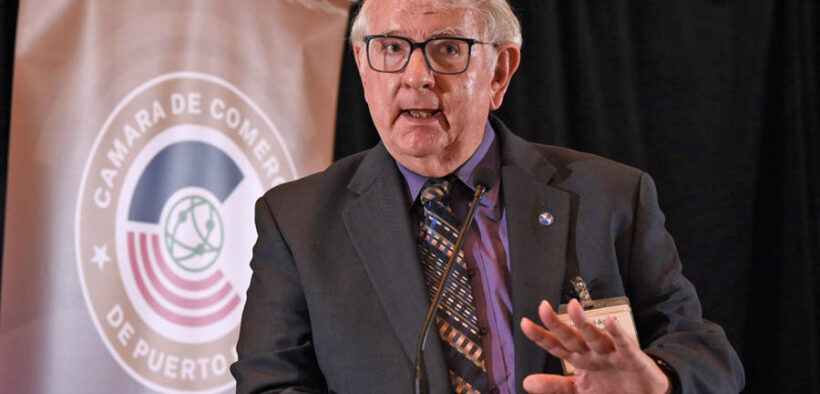Puerto Rico Chamber of Commerce holds climate change summit

Experts warn of economic and infrastructure threats, urging resilient development strategies.
The Puerto Rico Chamber of Commerce recently hosted a summit on climate change and its impact on Puerto Rico, bringing together leaders from the public, private and academic sectors to address the island’s climate challenges.
The event, titled “Summit 2025: Alert! Condominiums, Buildings and Climate Change Collapse,” served as a platform to discuss strategies for adapting to climate change while ensuring sustainable economic development.
“This forum is a key event for the viability of economic development and the construction sector in Puerto Rico,” said chamber President Luis Pizarro. “It addresses the structural and regulatory challenges that may affect investment and sustainable growth.”
Discussions covered real estate security, climate adaptation, construction innovation, sustainable development regulations, and the impact of climate change on insurance and project financing.
Engineer Carl-Axel P. Soderberg, a member of the Committee of Experts and Advisors on Climate Change, presented data on the economic consequences of inaction. He warned that failing to address the root causes of climate risks could severely impact Puerto Rico’s economy.
Soderberg estimates that by 2050, losses could reach $235 billion in manufacturing, $161 billion in housing, $100 billion in services, $7.8 billion in tourism and $13.3 billion in agriculture, among other sectors.
Maritza Barreto, director of the University of Puerto Rico Coastal Planning and Research Institute, detailed the effects of rising sea levels on the island’s infrastructure. She cited the disappearance of beaches in Dorado, Carolina, Isabela and Aguadilla and warned that 105 road segments are already exposed to erosion and coastal flooding.
Barreto also highlighted significant shifts in Puerto Rico’s infrastructure footprint from 1997 to 2017. As of 2020, about 22% of the island’s population lived in coastal zones with elevations no greater than 10 meters (32.8 feet) above sea level, while 13% resided within the broader coastal zone.
Additionally, about 32% of Puerto Rico’s critical infrastructure is located within the 10-meter coastal zone, increasing risks to essential services. Vulnerable populations are particularly at risk, underscoring the need for proactive measures to address the challenges posed by climate change.
“A modern, safe and resilient construction sector is essential for Puerto Rico’s economic growth,” Pizarro said, emphasizing the need for sustainable infrastructure to withstand climate threats.












